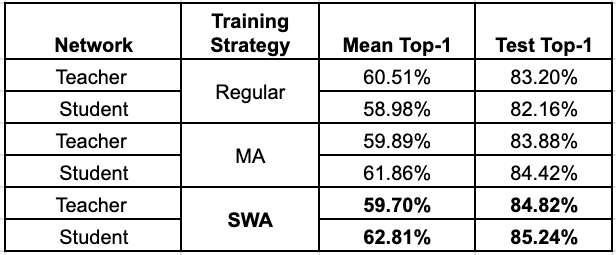
Recipes that I find to be beneficial when working in low-data/imbalance regimes (vision):
* Use a weighted loss function &/or focal loss.
* Either use simpler/shallower models or use models that are known to work well in these cases. Ex: SimCLRV2, Big Transfer, DINO, etc.
1/n
* Use a weighted loss function &/or focal loss.
* Either use simpler/shallower models or use models that are known to work well in these cases. Ex: SimCLRV2, Big Transfer, DINO, etc.
1/n
* Use MixUp or CutMix in the augmentation pipeline to relax the space of marginals.
* Ensure a certain percent of minority class data is always present during each mini-batch. In @TensorFlow, this can be done using `rejection_resampling`.
tensorflow.org/guide/data#rej…
2/n
* Ensure a certain percent of minority class data is always present during each mini-batch. In @TensorFlow, this can be done using `rejection_resampling`.
tensorflow.org/guide/data#rej…
2/n
* Use semi-supervised learning recipes that combine the benefits of self-supervision and few-shot learning. Ex: PAWS by @facebookai.
* Use of SWA is generally advised for better generalization but its use in these regimes is particularly useful.
3/n
* Use of SWA is generally advised for better generalization but its use in these regimes is particularly useful.
3/n
Has anyone done comprehensive ablations around these? Are there any resources that discuss this area really well?
It probably calls for a paper but I am open to collaborations 😅
4/n
It probably calls for a paper but I am open to collaborations 😅
4/n
• • •
Missing some Tweet in this thread? You can try to
force a refresh





